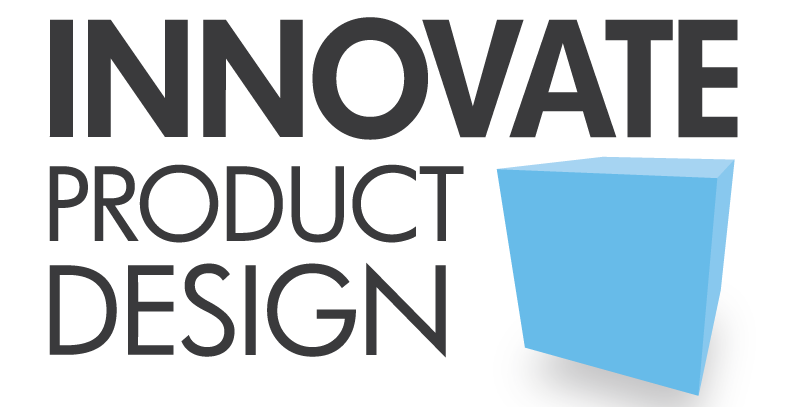How Quirky’s bankruptcy affects inventors and where to go now?
If you are an inventor, or if you’ve had an idea which you wanted to see become a reality, then the odds are that you have heard of Quirky. Quirky.com was a business based upon pitching ideas to professionals to help find the professionals and financial backing for those ideas. The process was done through a voting panel as well as through team members helping along the way. The concept for Quirky.com was revolutionary, which made their filing for bankruptcy on September 22, 2015 a bit of a disappointment and a shock to many inventors. So, what led to the Quirky.com bankruptcy and what can inventors learn about their own ideas from it?
Too much debt
Bankruptcy at its core is caused by being unable to pay the debts owed to your lenders and this was the case with Quirky. When visiting the site you will see that a Chapter 11 bankruptcy was filed by Quirky, Wink, and Undercurrent. Out of the three companies, Wink, Inc. is the only company which is not expected to see substantial changes or loss of services as it is being sold (if approved) to Flextronics International USA for $15 million. The other two companies, for now, remain a debtors-in-possession asset. This means that Quirky.com has filed a bankruptcy petition but can still operate their business, unlike a Chapter 7 which forces the business cease operations.https://twitter.com/seekdisruption/status/650713253706764290The filing of the Chapter 11 by Quirky shows that investors still see potential in their services and operations. The Chapter 11 filing in this case appears to be the first step of liquidating assets. This is evident through the sale of Winks, as well as through blunt statement by the company which reads, “Through this process we hope to find a new home for the Quirky community, where innovation can continue to be made accessible.”
What inventors can learn about risk
Where it is unfortunate that this venue for inventors is no longer a viable option for promoting and gaining financial backing and production of ideas, there is a positive side to the filing. By looking at the bankruptcy, inventors can get a better perspective on risk assessments as well as debt responsibility.
ROI
It can be concluded that the bankruptcy of Quirky was due to the failure to properly assess the ROI on their accumulated debt. This is a common mistake with inventors and investors. An idea may seem to be a money maker, but the ROI really is not worth the investment. Even if an idea has the potential to make money if the ROI is not positive then the risk for substantial financial loss is great. Where some companies may take on one or two projects which have a higher risk, such should not be the common practice of businesses, especially those which have creditors and must maintain a sustainable source of revenue.As an inventor it is paramount that you know the ROI of your idea. This will greatly help in your pitch to potential investors. To calculate the ROI (return on investment) use the following equation.
ROI = (Revenue-Cost) / Cost
For example: If you have an invention that you will sell for $20 per product and the cost to manufacture the product will be $7 per product then the equation will be
ROI = (20-7) / 7
ROI = 1.857142 or 185.7%
If your ROI is greater than 100% then the probability of finding an investor is higher. However, if your ROI is low, then the potential for financial loss is greater. Investors will also look at the time frame that it will take to get to the intended gain. The higher the percentage calculates, the greater the potential for financial gain.
Quirky.com’s mistake
Quirky.com failed to properly weigh their financial obligations against their debt properly. Although they had a great idea for their platform, they failed to implement a fail-safe method to insure that their investors and revenue were sustainable. As an inventor, you need to ensure that your product has multiple investors, and that your debt accumulated will not substantially outweigh the profitability which your product can produce. This was Quirky’s mistake. Their idea was to promote and back inventors through a networked team and then to pair the inventor with a manufacturer that would produce the produce and therefore bring revenue to the site and to the inventor. However, it appears that Quirky.com took too many ROI risks and that was their ultimate downfall.
Where should inventors go from here?
Innovators and inventors should not be discouraged. Just because Quirky is filing bankruptcy does not mean that the world will stop needing products. As a matter of fact, there are a great many places which help with business innovations, inventions, ideas, you name it. To get free information pack about Inventing for profit please visit www.innovate-design.com/mailcontact . This guide will get you started with information such as how to protect your idea, various routes to get your product to market, idea development, and how to promote your idea. With the right knowledge and proper motivation you can have an idea that goes beyond the idealistic with a positive ROI and hopefully avoid the mistakes which led to Quirky’s bankruptcy.



